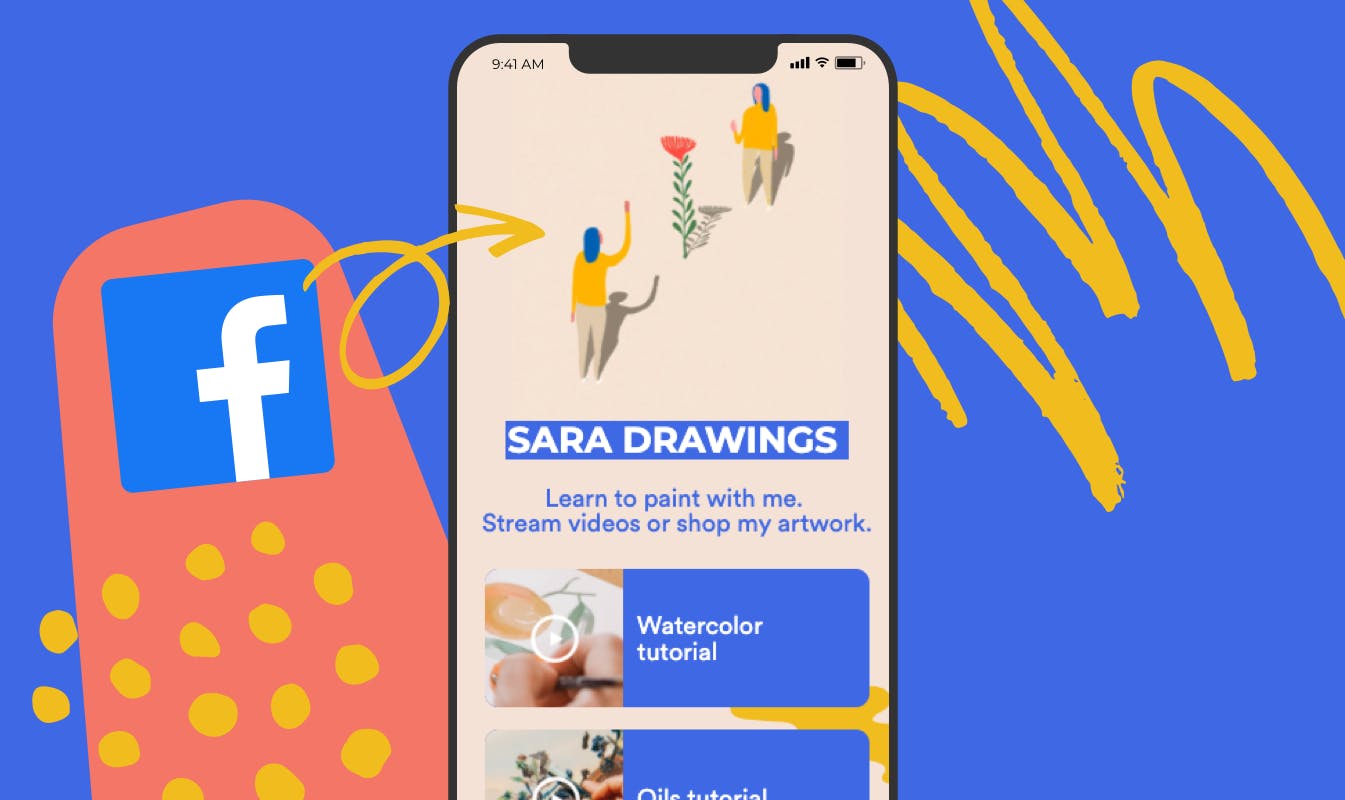


Power up your bio link with Facebook Pixel
 Joshua Andrews
Joshua Andrews With a Facebook Pixel integrated, it’ll be your new best friend, hard at work tracking all your bio-visitors and their activity on your bio link. As the pixel works in parallel with Facebook Ads Manager, this will help optimize your ad budget when running social ads across Facebook and Instagram. Whether that’s building up a clearer picture of your lookalike audience (people with similar likes, interests and demographics) as those engaging with your bio link, or even retargeting ads based on the link clicks made (ie. If someone clicks to shop ‘latest fitness range’, you can surface retargeting and dynamic ads from the fitness collection specifically to that customer as they browse across the web). Pretty cool right?
And connecting a Facebook pixel to your tapkit projects couldn’t be any simpler!
Set up an account level Facebook pixel and collect data for all your projects.
![]()
Or override your account level pixel and assign a custom pixel per project within your projects meta data properties:
![]()
It’s as easy as copy and paste! Pairing Facebook pixel data with tapkit’s own real-time project data and you’re onto a real powerhouse of analytics! Tapkit working top of funnel (flow data, choice data, personal data), while the pixel helps you behind the scenes. We’ve broken down an introduction to the pixel below.
What is the Facebook pixel and why do I need it?
The Facebook pixel is a piece of code that tracks the activity of your customers as they interact with your brand. It fires events off key customer actions like ad to basket, button clicks, and more. By collecting this data, you can track conversions from ads, optimize ads, build targeted audiences for future ads, and remarket to people who have already interacted with your brand.
Facebook pixel helps ensure your ads are seen by the people most likely to take your desired action. This allows you to improve conversion rates and get a better ROI. And even if you’re not yet running social ads, it’s a handy piece of kit to install to start collecting data for when you’re ready.
Types of pixel data helping empower your business:
Facebook conversion tracking
Track how people interact with your website after viewing your ad, what device they’re using and whether they switch before purchasing. This information can help you refine your ad strategy and better calculate ROI.
Facebook retargeting
Re-targeting data and dynamic ads allow you to show targeted ads to people who have already visited and shown an interest in your brand. You can choose to get really granular here and show someone an ad for the exact product they viewed and added to cart for example.
Create lookalike audiences
Once your pixel has collected enough data, it can use your existing customer-base to profile lookalike audiences of people who have similar likes, interests, and demographics. This can help expand your potential customer base, by simply targeting people similar to your existing fan base.
Optimize Facebook ads for conversions
Without a pixel, the only conversion optimization you’re limited to is link clicks. With a Facebook pixel, you unlock access to greater conversion optimizations that align more closely with business goals, like purchases and sign-ups.
Optimize Facebook ads for value
As Facebook collects data on who buys from your site and how much they spend, it can help optimize your ad audience based on value. That means it will automatically show your ads to the customers who are most likely to make high-value purchases.
To summarise, integrating a pixel into your bio link is a fantastic way to feed more data into the pixel and help optimize your social ads, ad budget, and audience profiling.
Get started with a designer bio link - with beauty and brains - and start converting and engaging more of your customer base.
Create your tapkit today
Free and fun to use - all you need to get started, nothing holding you back.

